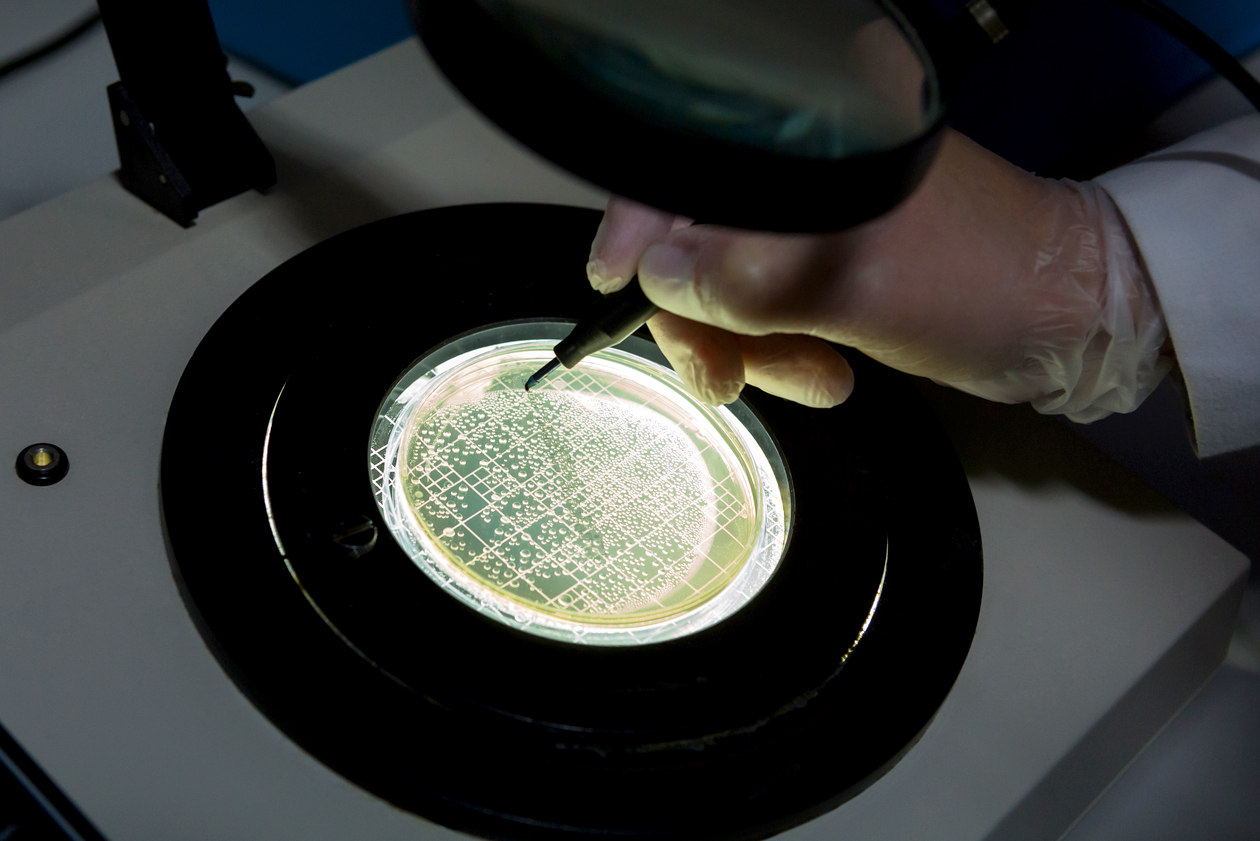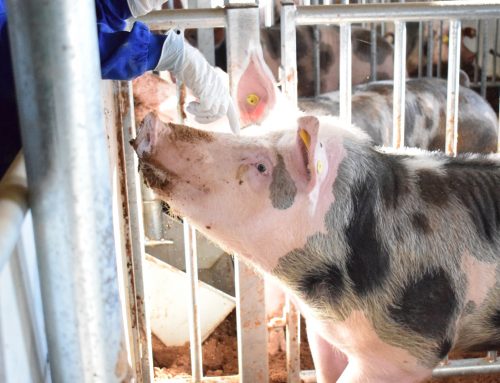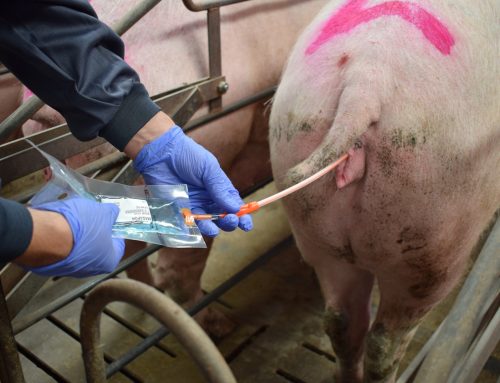After our summer holidays, we come back even with more motivation and, continuing with the seminal bacterial contamination, here is the second part that we promised.
As we covered in part I, the process of seminal collection does not occur under sterile conditions. Consequently, semen can present contamination from the very moment of ejaculation. In previous research, at least 25 different bacterial strains were detected in seminal samples, and a large percentage belongs to the Enterobacteria family. Today we show you the thorough investigation that Magapor conducted to determine the incidence of different types of Enterobacteria in boar semen and to evaluate the effect of these strains on sperm quality.
Semen samples collected from 1785 boars belonging to five different breeds were collated from the quality control laboratory of Magapor SL, Spain. These samples came from 43 boar studs and resulted from diluting the ejaculates in commercial semen extenders. Evaluation of the semen sample characteristics (color, smell, pH, osmolality, concentration, motility of sperm cells, agglutination, acrosome integrity, short hypoosmotic swelling test, and abnormal forms) revealed that they met the international standards. The samples were also tested for the presence of aerobic bacterial contamination.
In this research, 14.73% (n = 263) of the semen samples were contaminated above 3 × 10(2) colony-forming units/mL with at least one type of bacteria. The Enterobacteriaceae family was by far the major contaminant, being present in 40.68% of the contaminated samples (n = 107). Bacterial strains of the Enterobacteriaceae family isolated from boar semen samples were in order of incidence (percentage of the contaminated samples): Serratia marcescens (12.55%), Klebsiella oxytoca (11.79%), Providencia stuartii (9.12%), Morganella morganii (3.80%), Proteus mirabilis (1.90%), and Escherichia coli (1.52%). We have seen that the presence in semen samples of S. marcescens, K. oxytoca, M. morganii, or P. mirabilis, but not P. stuartii or E. coli, was negatively associated with sperm motility (P < 0.05). The mean sperm concentration (P < 0.05), the mean percentage of spermatozoa with curled tails after the short hypoosmotic swelling test (P < 0.01), and the incidence of morphologically normal acrosomes (P < 0.05) were also lower in semen samples infected with M. morganii compared with uninfected ones. Moreover, P. mirabilis was negatively associated with the presence of abnormal forms.
Therefore, on the basis of the pathological effects that some of these strains may have on boar sperm quality, bacterial contamination should always be examined in semen samples prepared for artificial insemination, as it gives information on the condition of the spermatozoa.
Source: Adverse effects of members of the Enterobacteriaceae family on boar sperm quality
Authors: Juan Luis Úbeda, Raquel Ausejo, Yahya Dahmani, Maria V. Falceto, Adan Usan, Clara Malo, Francisco C. Perez-Martinez. Theriogenology 80 (2013) 565–570
We hope you find it interesting and helpful. As usual, in case you had any questions or doubts, do not hesitate to contact our Department of Biotechnology and Veterinary R & D & i.



